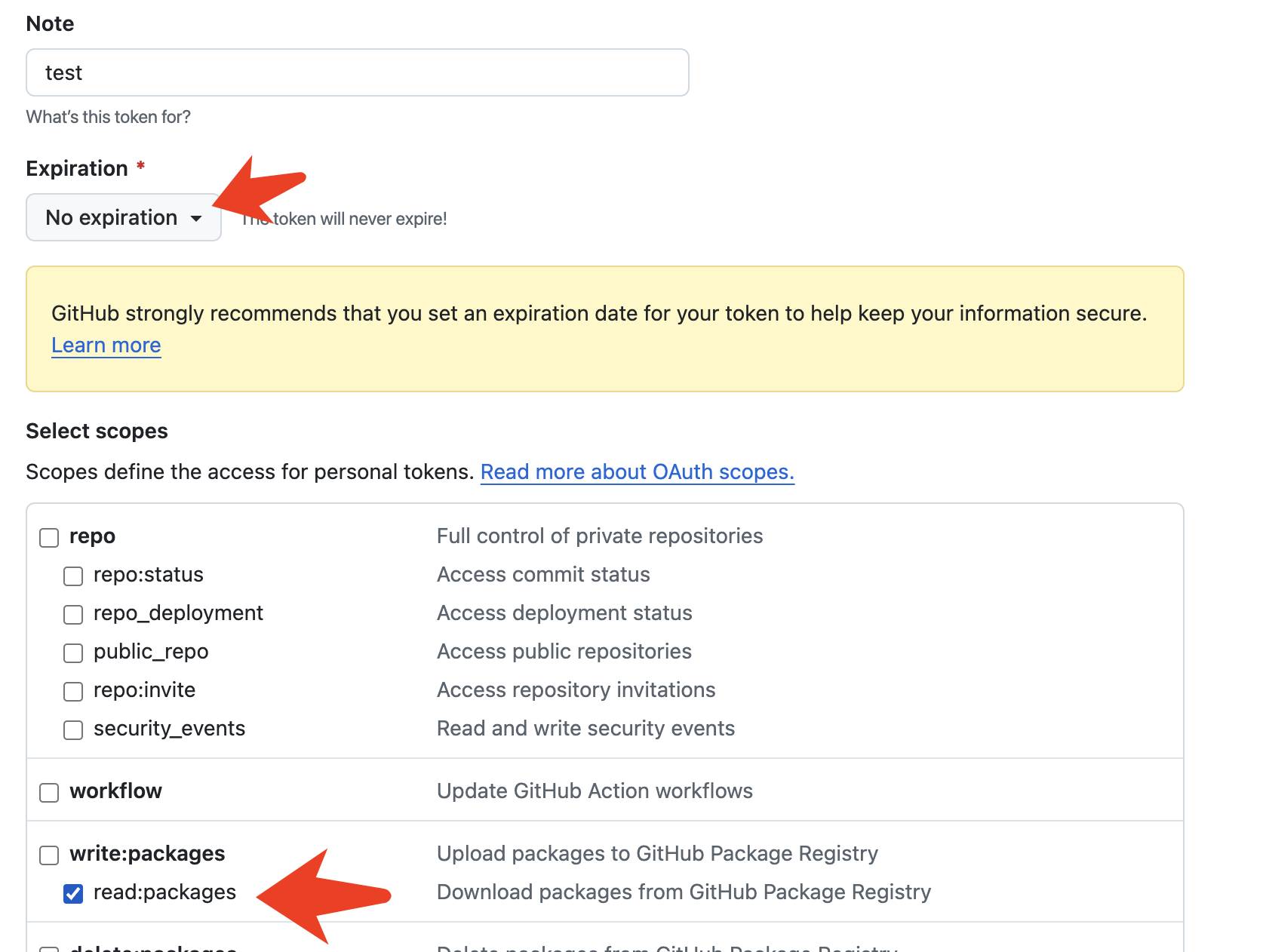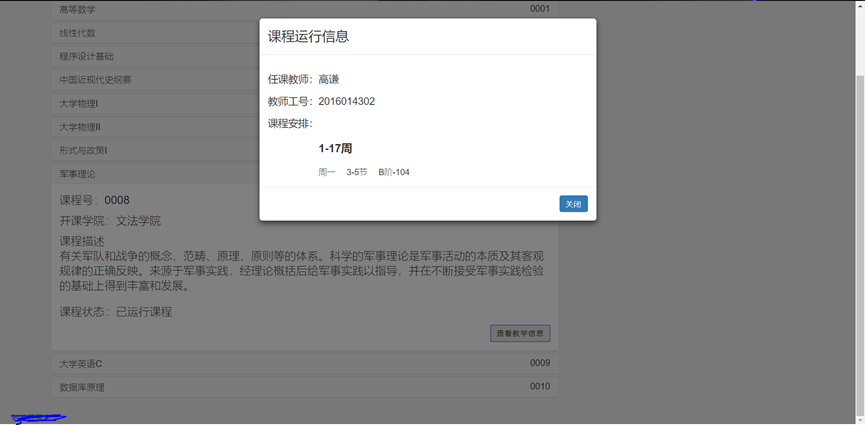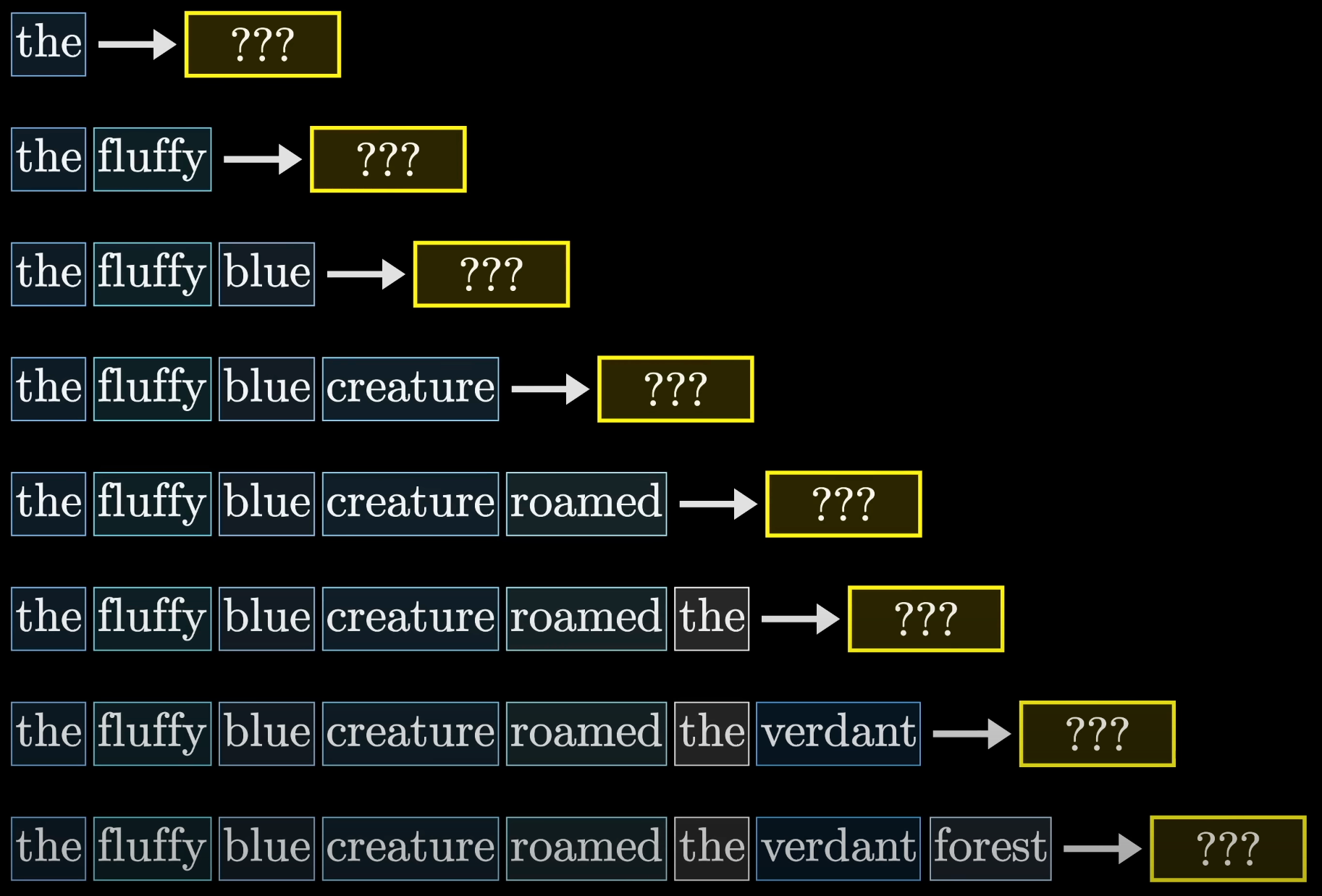1、列表&key
一、React更新流程
React在props或state发生改变时,会调用React的render方法,会创建一颗不同的树。React需要基于这两颗不同的树之间的差别来判断如何有效的更新UI。
- 同层节点之间相互比较,不会垮节点比较;
- 不同类型的节点,产生不同的树结构;
- 开发中,可以通过key来指定哪些节点在不同的渲染下保持稳定;
1、对比不同类型的元素
当节点为不同的元素,React会拆卸原有的树,并且建立起新的树
<div>
<Child />
</div>
~~~~~~~~~~~
<span>
<Child />
</span>
2、对比同一类型的元素
当比对两个相同类型的 React 元素时,React 会保留 DOM 节点,仅比对及更新有改变的属性
1)、React 知道只需要修改 DOM 元素上的 className 属性
<div classname="before" title="stuff" />
<div classname="after" title="stuff" />
2)、当更新 style 属性时,React 仅更新有所更变的属性
<div style={{ color: 'red', fontWeight: 'bold' }} />
<div style={{ color: 'green', fontWeight: 'bold' }} />
3)、同类型的组件元素
组件会保持不变,React会更新该组件的props,并且调用componentWillReceiveProps() 和 componentWillUpdate() 方
法
3、对子节点进行递归
在默认条件下,当递归 DOM 节点的子元素时,React 会同 时遍历两个子元素的列表;当产生差异时,生成一个 mutation。
1)、在最后插入一条数据的情况,前面两个比较是完全相同的,所以不会产生mutation,最后一个比较,产生一个mutation,将其插入到新的 DOM树中即可;
<ul>
<li>first</li>
<li>second</li>
</ul>
~~~~~~~~~
<ul>
<li>first</li>
<li>second</li>
<li>third</li>
</ul>
最后一次插入third,只会产生一个mutation
2)、如果我们是在中间插入一条数据
React会对每一个子元素产生一个mutation,这种低效的比较方式会带来一定的性能问题
<ul>
<li>first</li>
<li>second</li>
</ul>
~~~~~~~~~
<ul>
<li>zero</li>
<li>first</li>
<li>second</li>
</ul>
在第一次插入zero,后面first、second都会产生mutation。
二、keys的优化
我们在前面遍历列表时,总是会提示一个警告,让我们加入一个key属性
- 在最后位置插入数据,这种情况,有无key意义并不大
- 在前面插入数据,这种做法,在没有key的情况下,所有的li都需要进行修改
- 当子元素(这里的li)拥有 key 时,React 使用 key 来匹配原有树上的子元素以及最新树上的子元素
key的注意事项:
1)、key应该是唯一的;
2)、key不要使用随机数(随机数在下一次render时,会重新生成一个数字);
3)、使用index作为key,对性能是没有优化的;
2、 shouldComponentUpdate
在render调用之前会调用shouldComponentUpdate,不建议在 shouldComponentUpdate() 中进行深层比较或使用 JSON.stringify()。这样非常影响效率,且会损害性能。
该方法有两个参数:
- nextProps 修改之后,最新的props属性
- nextState 修改之后,最新的state属性
该方法返回值是一个boolean类型
- 返回值为true(默认返回true),那么就需要调用render方法
- 返回值为false,那么就不需要调用render方法
shouldComponentUpdate(nextProps, nextState) {
if (this.state.counter !== nextState.counter) {
return true;
}
return false;
}
源码分析
// react-reconciler/src/forks/ReactFiberClassComponent.new.js Line 291
function checkShouldComponentUpdate(
workInProgress,
ctor,
oldProps,
newProps,
oldState,
newState,
nextContext,
) {
const instance = workInProgress.stateNode;
if (typeof instance.shouldComponentUpdate === 'function') { // 判断instance有无shouldComponentUpdate方法
const shouldUpdate = instance.shouldComponentUpdate(
newProps,
newState,
nextContext,
);
return shouldUpdate;
}
// 如果isPureReactComponent=true就会进行浅层比较
if (ctor.prototype && ctor.prototype.isPureReactComponent) {
return (
!shallowEqual(oldProps, newProps) || !shallowEqual(oldState, newState)
);
}
return true;
}
3、PureComponent
React.PureComponent 与 React.Component 很相似。两者的区别在于 React.Component 并未实现 shouldComponentUpdate(),而 React.PureComponent 中以浅层对比 prop 和 state 的方式来实现了该函数。
import React, { Component, PureComponent } from 'react'
// header
class Header extends PureComponent {
render() {
console.log('App Header被调用')
return (
<h2>我是Header组件</h2>
)
}
}
export class App extends PureComponent {
constructor(props) {
super(props);
this.state = {counter: 0}
}
render() {
console.log('App 被调用')
return (
<div>
<h2>{"当前计数:" + this.state.counter}</h2>
<button onClick={e => this.increment()}>+1</button>
<Header/>
</div>
)
}
increment () {
this.setState({
counter: this.state.counter + 1
})
}
}
export default App
源码分析
PureComponent源码
// react/src/ReactBaseClasses.js Line 129
/**
* Convenience component with default shallow equality check for sCU.
*/
function PureComponent(props, context, updater) {
this.props = props;
this.context = context;
// If a component has string refs, we will assign a different object later.
this.refs = emptyObject;
this.updater = updater || ReactNoopUpdateQueue;
}
const pureComponentPrototype = (PureComponent.prototype = new ComponentDummy());
pureComponentPrototype.constructor = PureComponent;
// Avoid an extra prototype jump for these methods.
Object.assign(pureComponentPrototype, Component.prototype);
// isPureReactComponent标记为true
pureComponentPrototype.isPureReactComponent = true;
export {Component, PureComponent};
shallowEqual源码
// shared/shallowEqual
/**
* Performs equality by iterating through keys on an object and returning false
* when any key has values which are not strictly equal between the arguments.
* Returns true when the values of all keys are strictly equal.
*/
function shallowEqual(objA: mixed, objB: mixed): boolean {
if (is(objA, objB)) { // 如果是同一个对象,直接返回true
return true;
}
if (
typeof objA !== 'object' ||
objA === null ||
typeof objB !== 'object' ||
objB === null
) {
return false;
}
const keysA = Object.keys(objA);
const keysB = Object.keys(objB);
if (keysA.length !== keysB.length) {
return false;
}
// Test for A's keys different from B.
for (let i = 0; i < keysA.length; i++) {
if (
!hasOwnProperty.call(objB, keysA[i]) ||
!is(objA[keysA[i]], objB[keysA[i]])
) {
return false;
}
}
return true;
}
4、memo
React.memo 为高阶组件。
如果组件在相同 props 的情况下渲染相同的结果,那么可以通过将其包装在 React.memo 中调用,以此通过记忆组件渲染结果的方式来提高组件的性能表现。这意味着在这种情况下,React 将跳过渲染组件的操作并直接复用最近一次渲染的结果。
React.memo 仅检查 props 变更。如果函数组件被 React.memo 包裹,且其实现中拥有 useState,useReducer 或 useContext 的 Hook,当 state 或 context 发生变化时,它仍会重新渲染。
默认情况下其只会对复杂对象做浅层对比,如果你想要控制对比过程,那么请将自定义的比较函数通过第二个参数传入来实现
function MyComponent(props) {
/* 使用 props 渲染 */
}
function areEqual(prevProps, nextProps) {
/*
如果把 nextProps 传入 render 方法的返回结果与
将 prevProps 传入 render 方法的返回结果一致则返回 true,
否则返回 false
*/
}
export default React.memo(MyComponent, areEqual);
源码分析
memo函数入口
// react/src/ReactMemo.js Line 12
export function memo<Props>(
type: React$ElementType,
compare?: (oldProps: Props, newProps: Props) => boolean,
) {
// 调用compare方法
const elementType = {
$$typeof: REACT_MEMO_TYPE, // memo函数的标志
type,
compare: compare === undefined ? null : compare,
};
return elementType;
}
updateMemoComponent:使用memo函数实现的类会调用此函数
// react-reconciler/src/forks/ReactFiberBeginWork.new.js Line 384
function updateMemoComponent(
current: Fiber | null,
workInProgress: Fiber,
Component: any,
nextProps: any,
updateLanes: Lanes,
renderLanes: Lanes,
): null | Fiber {
if (current === null) {
const type = Component.type;
if (
isSimpleFunctionComponent(type) &&
Component.compare === null &&
// SimpleMemoComponent codepath doesn't resolve outer props either.
Component.defaultProps === undefined
) {
let resolvedType = type;
// If this is a plain function component without default props,
// and with only the default shallow comparison, we upgrade it
// to a SimpleMemoComponent to allow fast path updates.
workInProgress.tag = SimpleMemoComponent;
workInProgress.type = resolvedType;
return updateSimpleMemoComponent(
current,
workInProgress,
resolvedType,
nextProps,
updateLanes,
renderLanes,
);
}
const child = createFiberFromTypeAndProps(
Component.type,
null,
nextProps,
workInProgress,
workInProgress.mode,
renderLanes,
);
child.ref = workInProgress.ref;
child.return = workInProgress;
workInProgress.child = child;
return child;
}
const currentChild = ((current.child: any): Fiber); // This is always exactly one child
if (!includesSomeLane(updateLanes, renderLanes)) {
// This will be the props with resolved defaultProps,
// unlike current.memoizedProps which will be the unresolved ones.
const prevProps = currentChild.memoizedProps;
// Default to shallow comparison
// 判断compare是否存在,决定使用compare还是shallowEqual
let compare = Component.compare;
compare = compare !== null ? compare : shallowEqual;
if (compare(prevProps, nextProps) && current.ref === workInProgress.ref) {
return bailoutOnAlreadyFinishedWork(current, workInProgress, renderLanes);
}
}
// React DevTools reads this flag.
workInProgress.flags |= PerformedWork;
const newChild = createWorkInProgress(currentChild, nextProps);
newChild.ref = workInProgress.ref;
newChild.return = workInProgress;
workInProgress.child = newChild;
return newChild;
}

喜欢的朋友记得点赞、收藏、关注哦!!!



















